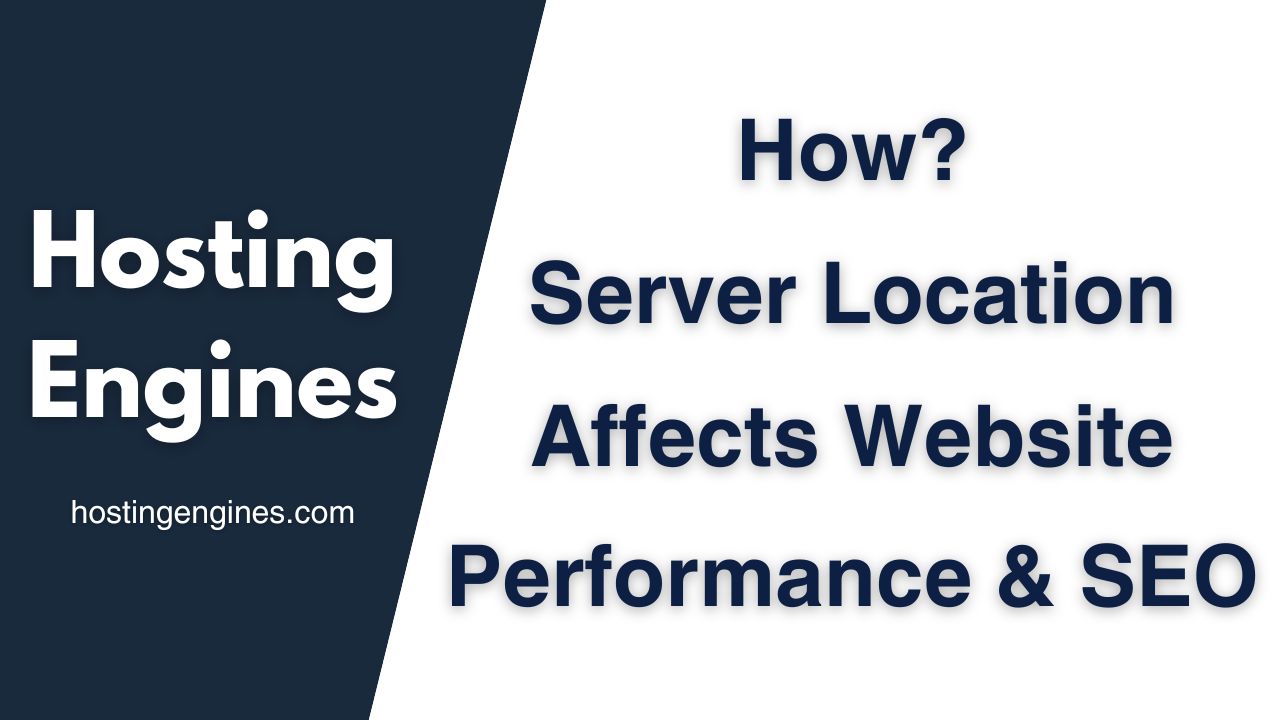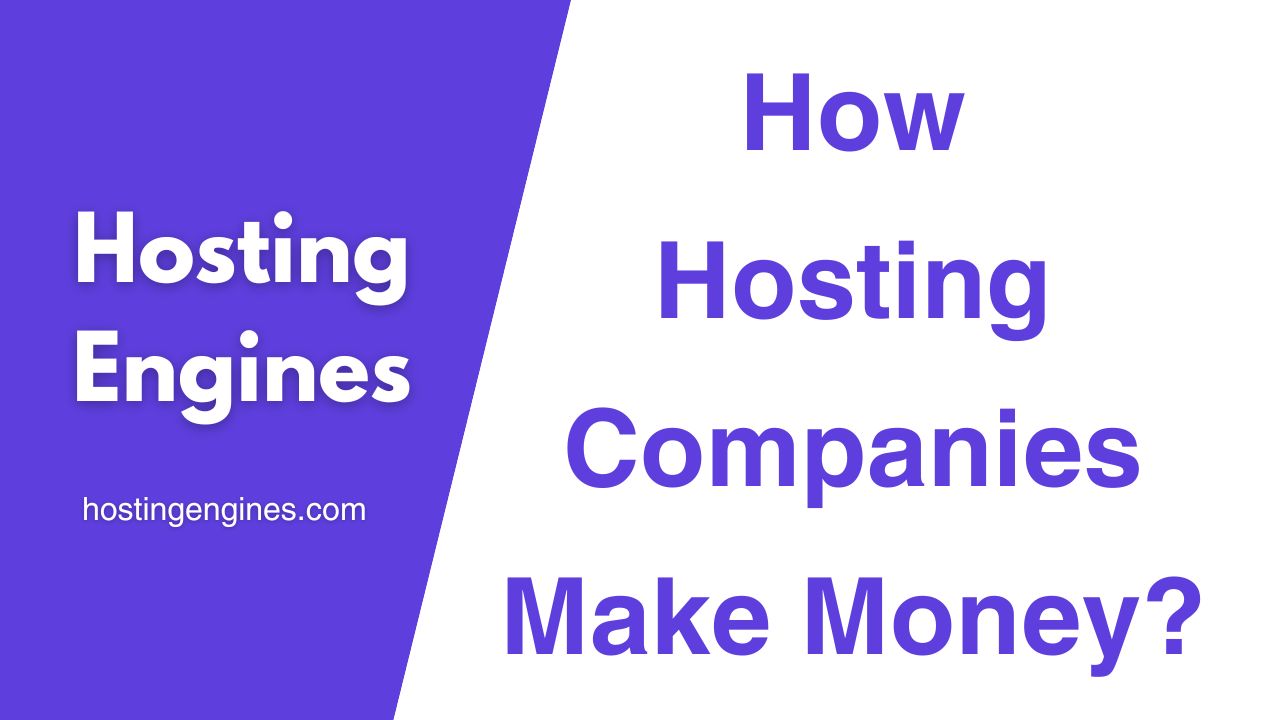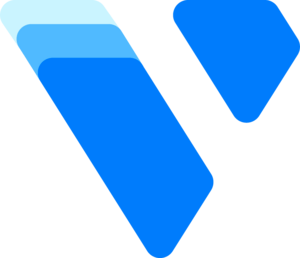While there are many elements that contribute to website performance and speed, the physical location of your hosting server is one of them.
The server location or data center location of your website affects its performance and speed, therefore, your user experience and SEO.
The closer the server location is to your customers and visitors, the better the loading speed of your website.
Read How to Choose the Best Server Location for Your Website.
How Server Location Affects Website Performance
1. Loading Speed and Latency:
The most direct way that server location impacts performance is through latency, the time it takes for data to travel from the server to the user’s browser, and vice versa.
The further the data has to travel, the longer it will take.
For instance, If your server is located in New York and your user is in Tokyo, the data has to be transported from Tokyo to New York to deliver the user request, and from New York to Tokyo to deliver the response to the user adding milliseconds of delay.
Although a few milliseconds may not seem like a lot, they can add up, resulting in noticeable delays, especially when loading media-heavy pages or performing real-time interactions.
2. SEO and Rankings:
Search engines aim to provide users with the most relevant and fast-loading results.
Google has stated that site speed is a signal used by its algorithm to rank pages, it’s one of their ranking factors. Faster loading times can contribute to better rankings.
As a result, the faster your website can load, the better. Therefore, you should aim to host your website in a closer datacenter location to your audience for faster loading time.
2. User Experience and Conversions:
Server location directly impacts user experience and conversion rates.
As I mentioned earlier, when a user accesses a website, the data has to travel from the server where the site is hosted to the user’s device.
If the server is located far from the user, it might result in increased latency, causing the website to load slower.
This delay, even if it is just a few milliseconds, can degrade the user experience, resulting in decreased user satisfaction, thus going to competitors and potentially losing corporate revenue.
Conductor stated in their Amazon study:
Back in 2006, Amazon found that every 100ms in added page load time cost them 1% in sales.
For context, a 1% loss of annual revenue for Amazon in 2006 would have been around $107 million. Today, this would be about $3.8 billion!
What if Your Customers are Global?
If your customers are spread across different countries, you can use CDN and/or Cloud Hosting to ensure your website performs at its best:
1. Use Content Delivery Network (CDN)
A CDN is essentially a network of servers strategically placed across different geographical locations. These servers store cached versions of your website’s static content, like images, CSS, and JavaScript files.
When a user from a specific region visits your site, the CDN will deliver content from the server nearest to them. This reduces the latency when the server is far away from the user.
2. Use Cloud Computing (Edge Computing)
Traditional web hosting often ties your website to a single server in one location. If that server experiences any issues or if it’s geographically distant from a user, performance can lag.
Cloud hosting, on the other hand, stores your website files on multiple servers in diverse locations.
When a user makes a request, the website will pull the response from the nearest server to the user, making it an excellent choice for global operations.
Web Hosts Offering Multiple Data Center Locations
| Web Host | Server Location Count |
|---|---|
| Cloudways | 37 data centers |
| Vultr | 32 data centers |
| DigitalOcean | 15 data centers |
| Linode | 11 data centers |
| Contabo | 11 data centers |
| Go Daddy | 9 data centers |
Conclusion
Server location definitely affects website performance in terms of loading speed, SEO rankings, and user experience.
The physical distance between the server and the user can introduce latency, leading to slower loading times, which can negatively impact user satisfaction and SEO rankings.
For businesses targeting a global audience, utilizing a Content Delivery Network (CDN) or opting for Edge Computing can help their business perform better across different regions.






